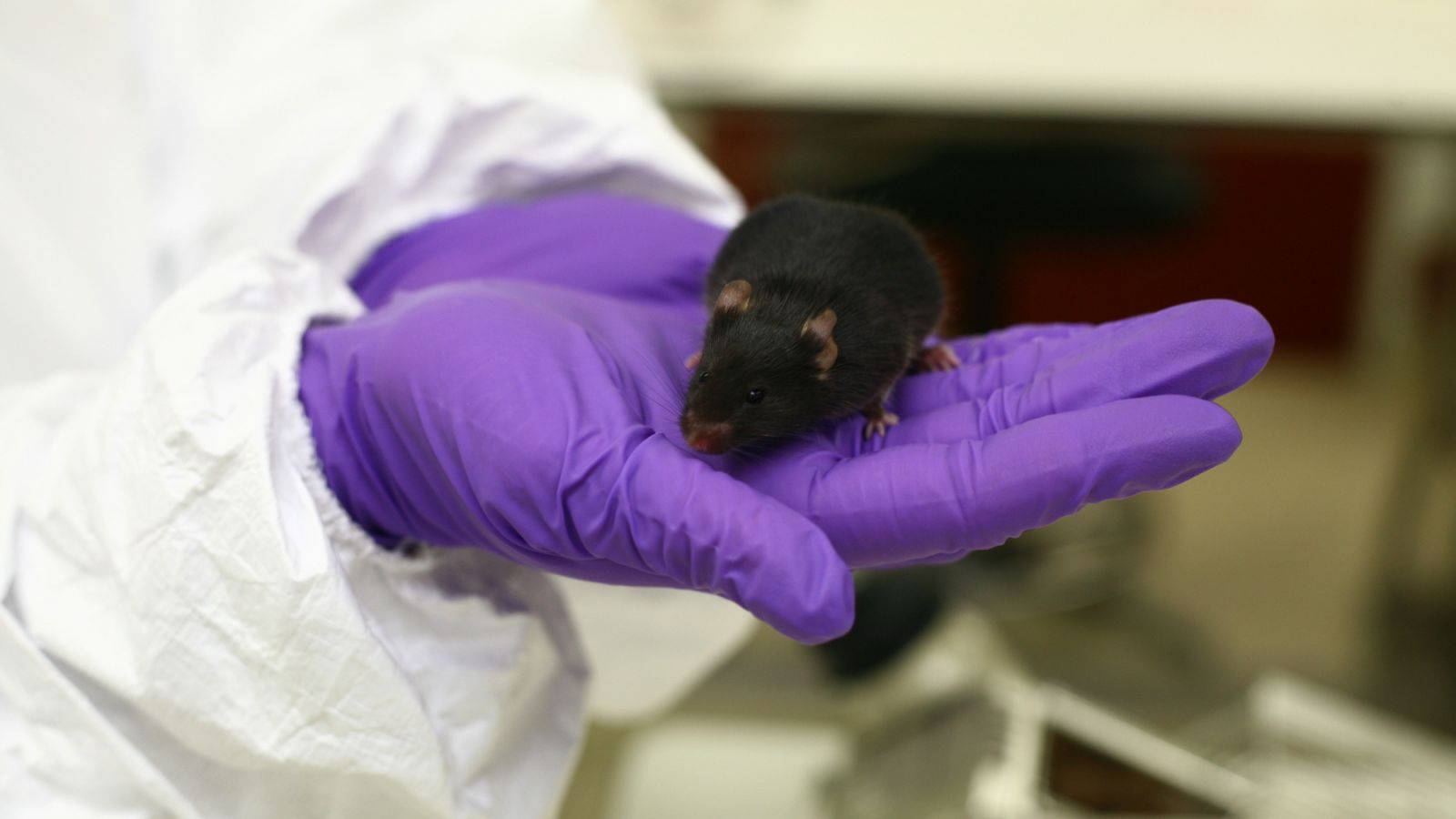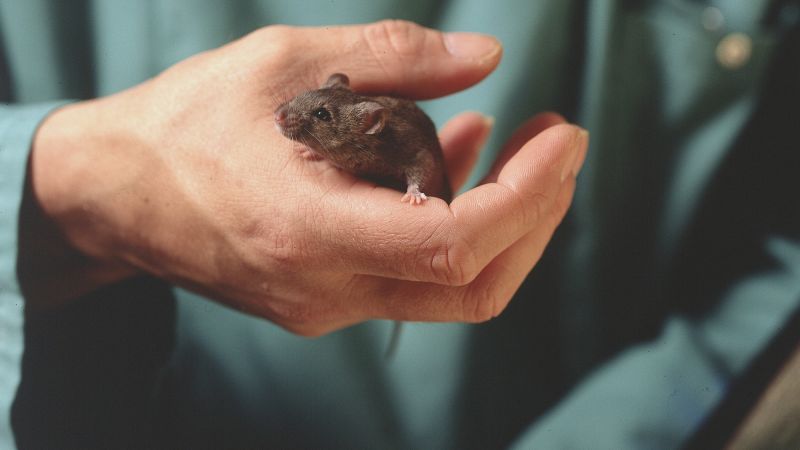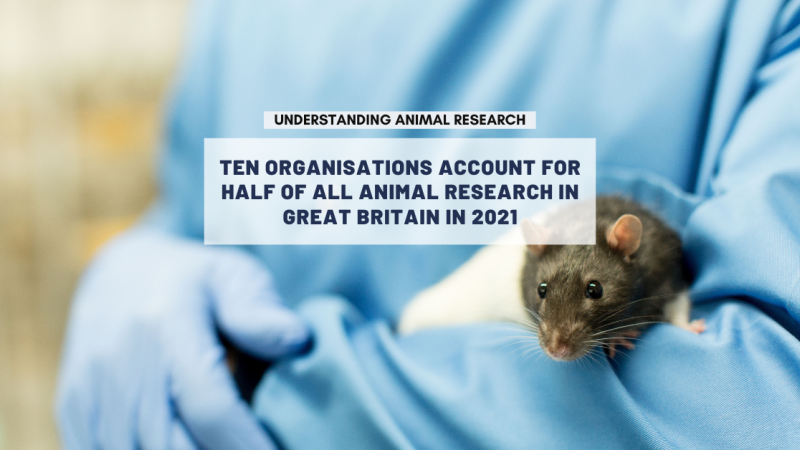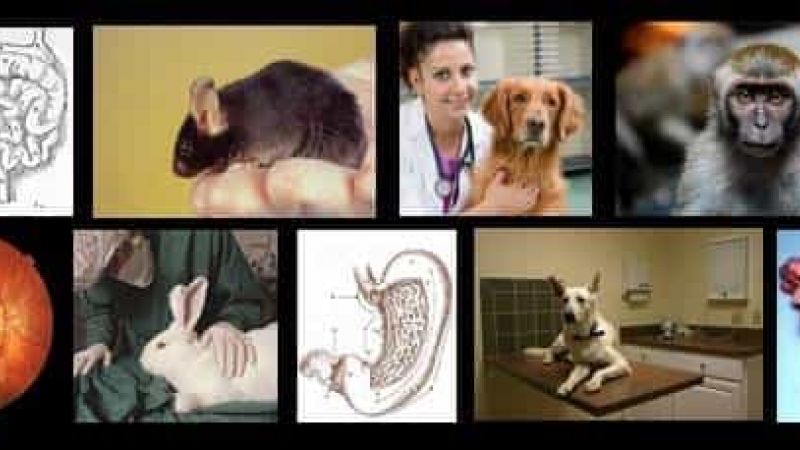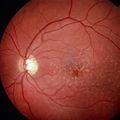 Mouse retinas have been grown in the lab using embryonic stem cells. The technique could lead to treatments for human eye diseases.
Mouse retinas have been grown in the lab using embryonic stem cells. The technique could lead to treatments for human eye diseases.
The retinas are the most complex tissue scientists have yet engineered using stem cells.
Scientists hope to adapt the technique for human cells. Growing human retinas in the lab would open up the possibility of retina transplants for sufferers of eye disease.
Age-related macular degeneration (AMD) and retinitis pigmentosa are the most common causes of blindness in old age. In these conditions retinal cells are gradually destroyed causing patients to lose their sight, often irreversibly.
The possibility of treating these conditions with retina transplants is years away. More immediately, however, retina tissue can be used to study eye diseases and test potential medicines.
Researchers grew the mouse embryonic stem cells in a chemical soup. This directed the stem cells to turn into specific retina cells.
The eye cells grew into a complex two-layered structure, called an optic cup. The outer layer cells provide nutrients and support the retina, while the inner retina cells sense light.
Researchers are now testing whether the optic cup can sense light and transmit information to the brain in mice.
Read more about animal research and blindness here.
Last edited: 6 April 2022 14:19

